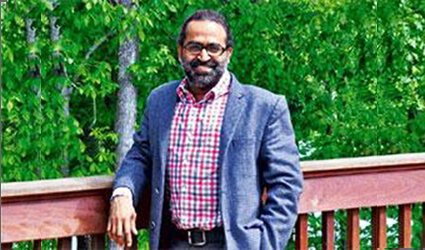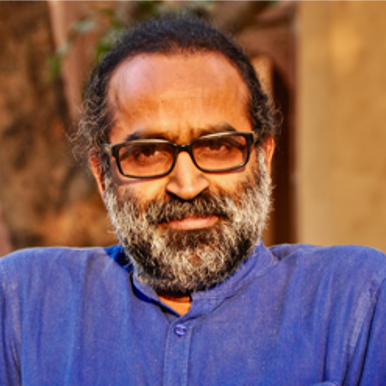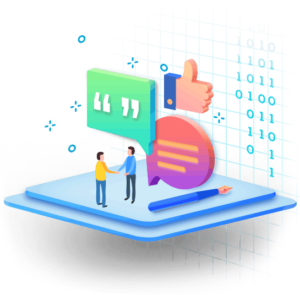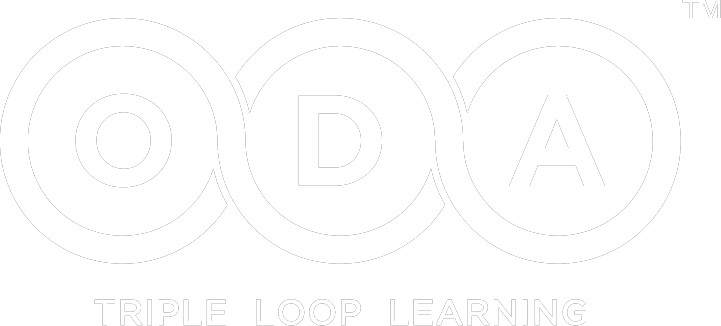Tools for the Coach


Santhosh Babu
What is the difference between managing well and being an effective leader? Coach and author Santhosh Babu provides the answers lucidly and practically in his guidebook, Coaching: The Art of Developing Leaders, released earlier this year. According to Babu, any ambitious young employee would hate to be “managed” and would prefer a coach who can guide him and bring out the best in him. Coaching covers topics ranging from the history of coaching to the schools and types of coaching—facilitative, personal or developmental. The book talks about the other side of the fence—the leaders and coaches, the kind of challenges they face and what the future holds, explaining topics and arguments through flow charts and diagrams. The last chapter, “Toolkit For a Coach”, gives a detailed sample 360-degree questionnaire for senior leadership.
Babu is the founder and managing director of the New Delhi-based ODA (organization Development Alternatives Consultancy Pvt. Ltd). Previously called Training Alternatives, and started in 1998 out of Babu’s apartment in Noida, the firm was rechristened in 2008. At the start of his career, Babu worked as a schoolteacher in Bhutan, then as an environmental education officer for the World Wildlife Fund. Now he lectures at the Indian School of Business, Hyderabad, for the master’s in business administration (MBA) and executive education programme. In an email interview, Babu tells Mint the difference coaching makes and why it’s becoming increasingly popular. Edited excerpts:
Some of us have characteristics that naturally make us leaders, and some don’t. What is your view on that?
I believe that a great leader need not be born but can be made. An individual can become an effective leader if he or she is able to inspire and empower others; has a vision and passion to achieve great things; be extraordinary and more importantly, has the drive to get things done by creating enthusiasm and positive energy.
How is coaching different from mentoring or consulting?
Coaches focus on increasing the awareness of clients and creating accountability and consultants usually solve problems on behalf of the client. A coach does not give answers; instead, (he) asks questions to create clarity and awareness. A mentor is someone who is experienced in a particular field, who could share his experience and wisdom with a client. So the key difference is that a coach does not give answers, while both a mentor and a consultant give answers to their clients.
You quote Marcus Buckingham, ‘The corporate world is appallingly bad at capitalizing on the strengths of its people.’ Why is that?
The corporate world makes two mistakes. One, the complete focus is on the gaps and what is missing, and in the process we forget to acknowledge and appreciate the strengths and gifts of people. Secondly, most organizations try to fit people into their competency frameworks without appreciating individuality. We need to build a culture where we can really look at the strengths and the diversity each individual brings to the table.
Quantitatively, it seems tough to measure the results of coaching. Do organizations worry about that—and what is the solution?
In our survey with 14 top HR heads we found that organizations report coaching as effective in meeting professional development objectives and this is being measured by calculating the return on investment. Currently, qualitative assessments are widely made across organizations to assess the benefits of coaching. There is a gradual shift to ensure this assessment is quantitative and tangible in the future. It is broadly felt that the value and impact of coaching for individuals and organizations is not merely to be felt and experienced but there is a need to measure and quantify it so as to sanction it as an effective process.
The HR people who responded to our survey demonstrated a deep understanding of coaching as they were aware of how coaching is different from mentoring and consulting, that it does not provide ready-made business solutions, but enables the individual to expand and find solutions within oneself through questioning, self-reflecting, listening and attending.
Your book addresses not just those who are being coached, but people in leadership positions. What is the view from the other side?
Leaders today face the challenge of managing sustainable growth and innovation. Leaders realize that they can do this only by creating more leaders in their organizations who will talk the language of transformation. So aligning everyone to the growth and innovation story is the main challenge leaders face.
Please click here to download the latest OD PUBLICATION.

